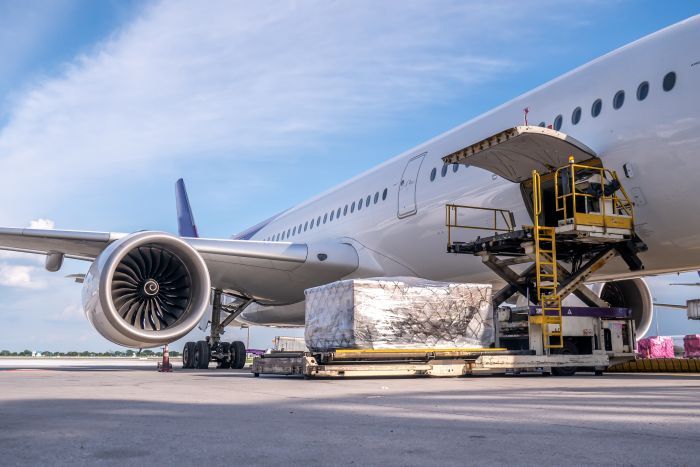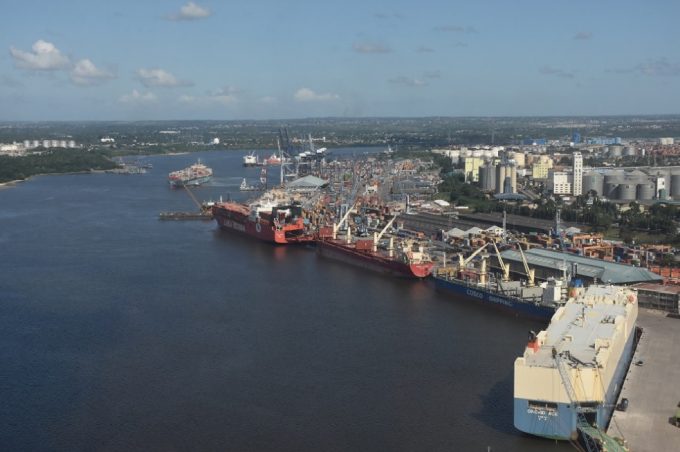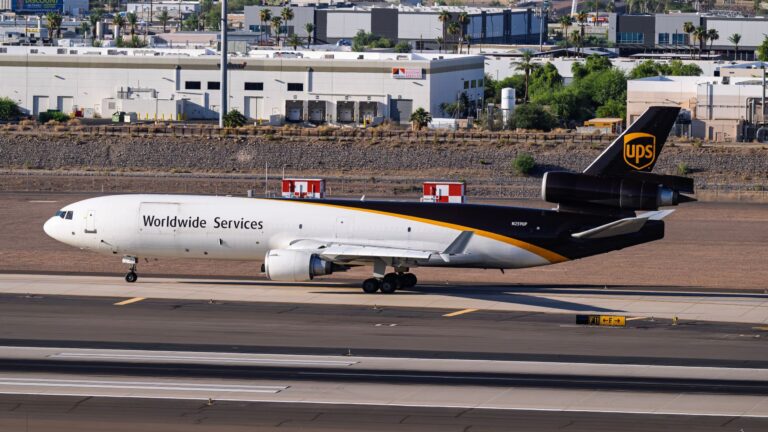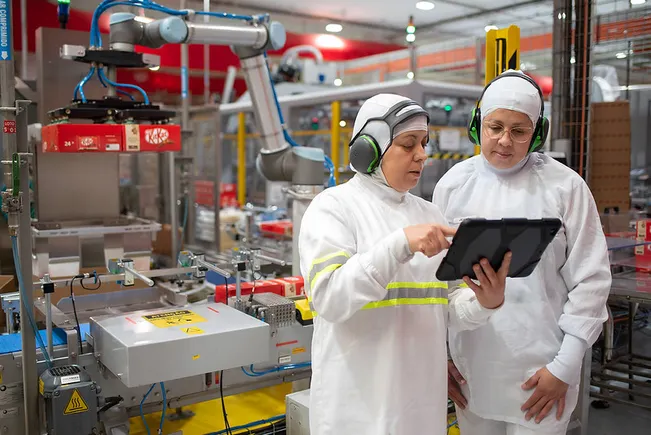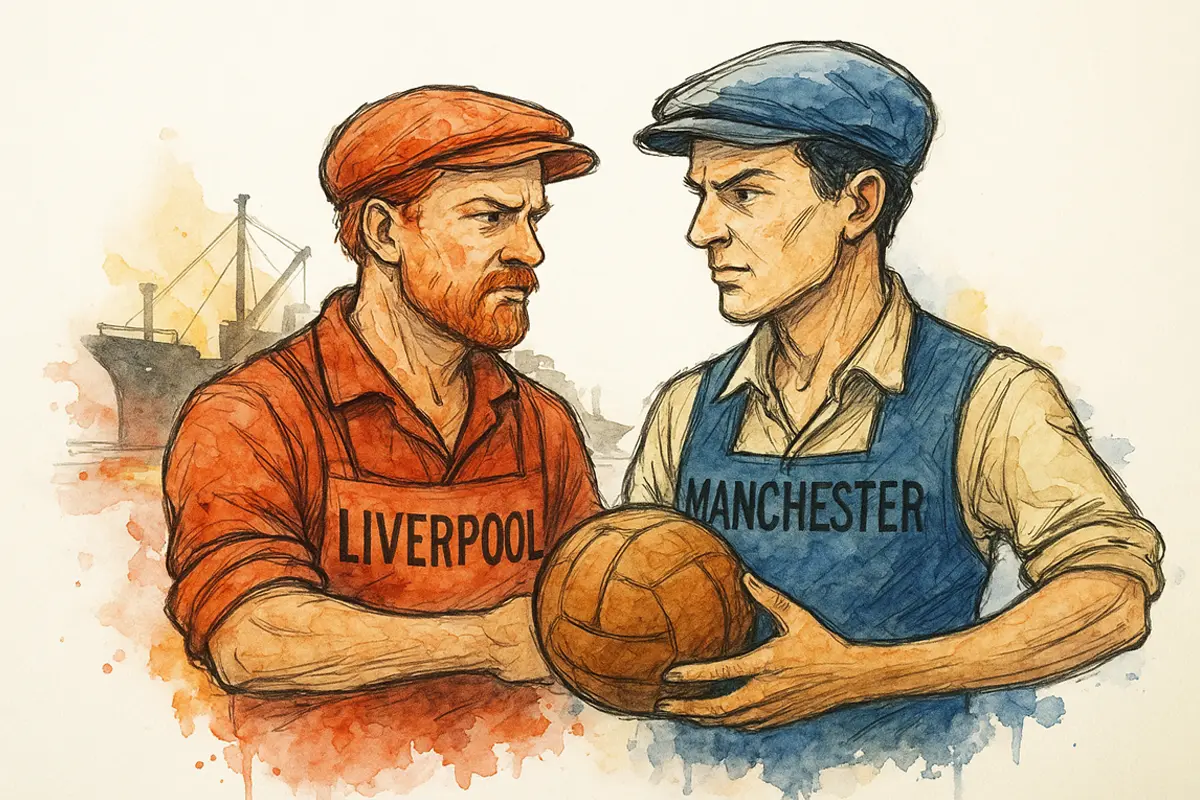
While I watch football for the beauty of the game, I don’t consider myself a hardcore fan like many of my friends. What I really enjoy is the banter between my friends Manchester United and Liverpool, a rivalry that dominates conversations and defines English football for millions.
However, beneath the intense sporting rivalry lies a much older story. Long before the first league game was played, Manchester and Liverpool were already fiercely competing, not on the pitch, but through trade, sea access and economic power.
This is the story of how shipping may have started a rivalry that would later find its loudest expression in football.
Liverpool: the gateway to the world
In the 18th and 19th centuries, Liverpool became one of the most important ports in Britain. Cargo from all over the world poured into the docks of the River Mersey, particularly raw cotton imported from the United States.
That cotton was then transported into Manchester, where it fed the factories that fueled the Industrial Revolution.
This trade dynamic created a clear hierarchy. Liverpool controlled the maritime access, customs processes and port infrastructure that allowed Manchester industry to flourish. As a result, Liverpool had considerable economic influence in the region.
Manchester’s ambition to control his own business
Manchester’s growth was phenomenal. The city became a world center for textile production, but was dependent on its coastal neighbor for connections to international markets.
Manchester’s leaders were determined to gain more control over their economic destiny. The solution was bold, futuristic and transformative.
In 1887, construction began on the Manchester Ship Canal: a deep-water route stretching approximately 58 kilometers from the Irish Sea to the heart of Manchester. When it opened in 1894, the city became a de facto inland port capable of receiving ocean-going ships.
The impact was immediate. Cargo that once relied on Liverpool docks could now reach Manchester directly. Warehouses, industrial sites and new job opportunities appeared along the canal corridor. The economic balance of the northwest had changed.
Symbols of business and conscience
There is often debate about the ship that appears above the Manchester United and Manchester City crests, and some Mancnonians associate it with the opening of the Ship Canal, although in fact, the crest predates the canal by half a century.
Awarded Manchester’s national coat of arms in 1842, the ship symbolized the city’s entrepreneurial spirit and aspirations for global access, long before the canal connected it directly to the sea.
Some historians note that this boom was built on the cotton trade, which in its early years depended on slave labor in the United States, while Liverpool’s own maritime wealth grew through transatlantic routes that carried both cotton and enslaved people.
These intertwined histories are a reminder that the ships that once sailed between these cities were more than just symbols. They were ships of commerce, ambition and sophistication.
And perhaps, without realizing it, the fans who proudly wear those badges today have also sewn traces of that past, the untold history of trade, toil and human costs into the fabric of this competition.
The competition was reinvented for a new era
Today, both cities still hold important positions in global logistics. The Port of Liverpool remains a major gateway for international container trade, serving shipping lines and supply chains that reach far beyond the UK.
The Manchester Ship Canal Corridor has become a modern multi-modal logistics hub, supporting warehousing, inland distribution and interconnected transport networks.
The motivations are surprisingly similar: to attract business, build capabilities and stay competitive in global business. The competition continues, only through different ships.
The story of Manchester United and Liverpool is ultimately the story of two cities that helped build Britain’s industrial and maritime power. Their football rivalry rests on the shoulders of a very old rivalry for economic leadership, access to trade routes and regional importance.
When these clubs meet, fans witness more than 90 minutes of sport. They watch the competition that first took shape on the docks, in warehouses and along a canal carved into the landscape to reshape a city’s future.
Football competition may be longer.
The shipping competition was there first.
